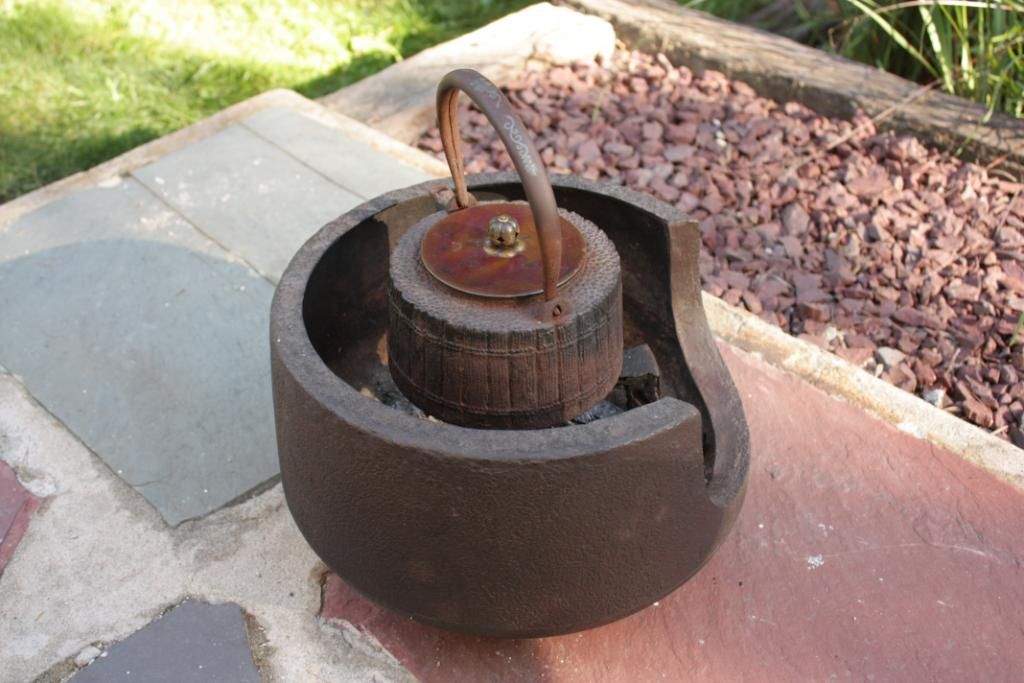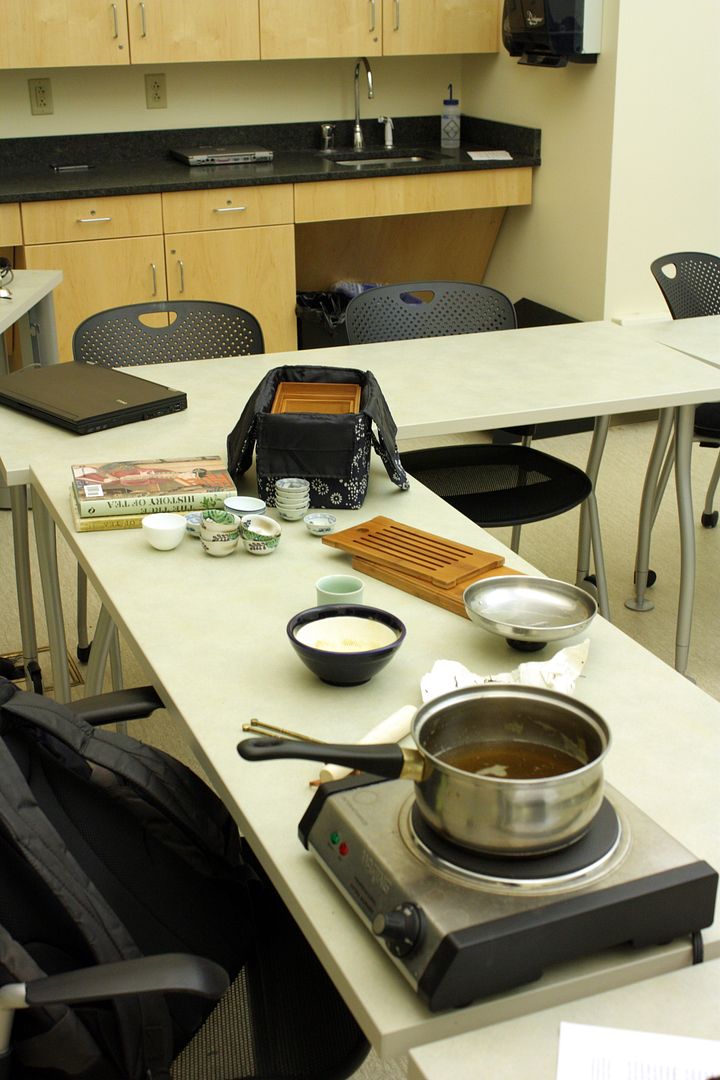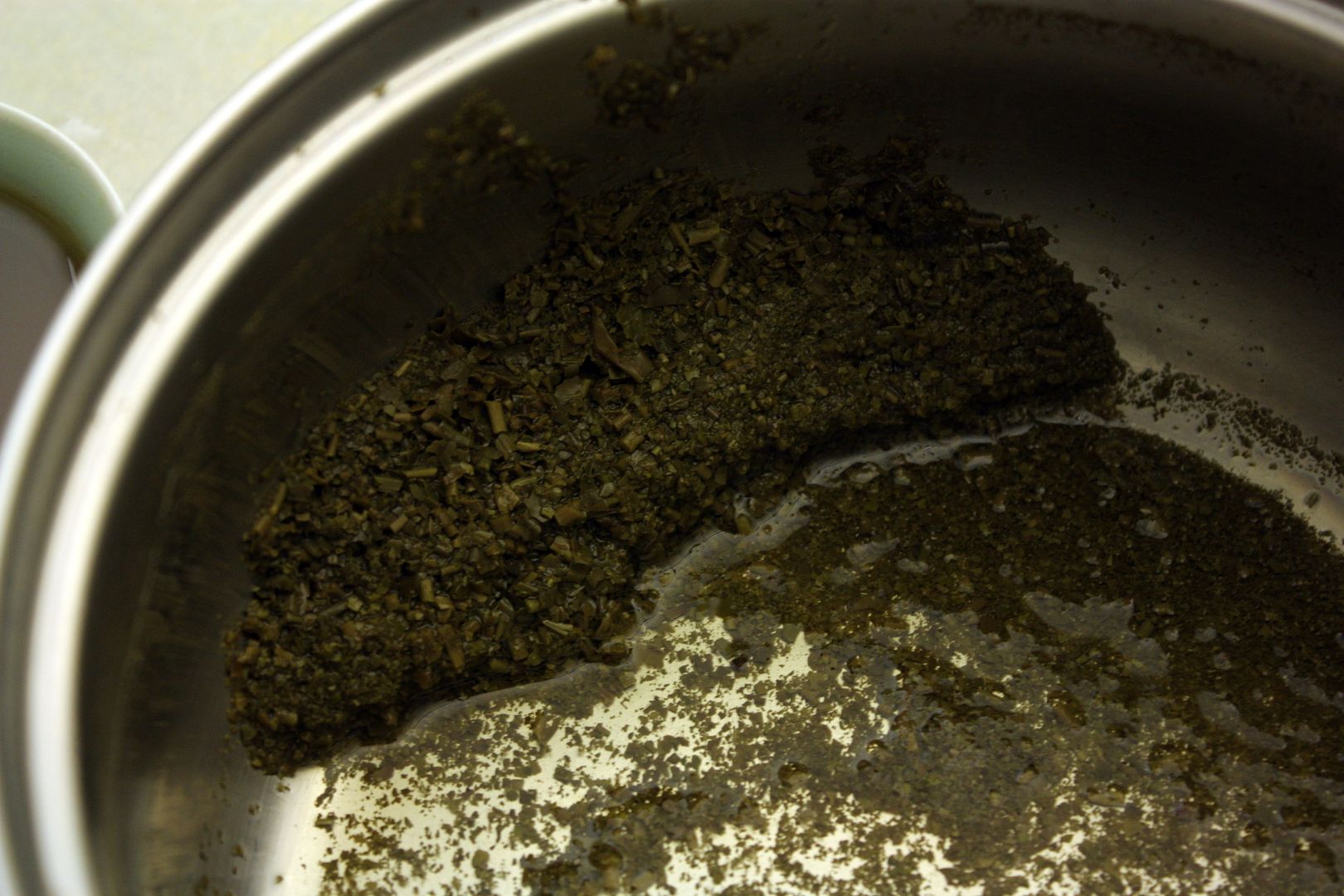Recently there’s been some discussion of the nature of dancong online at various places, and one of the topics of discussion was the proper nomenclature of dancong itself. I was not too convinced by what was being said, simply because some didn’t sound right, so I went and investigated.
The discussion centers around the word “cong” and which character should be used and what it should mean. I first went to my trusted source, the Hanyu Da Cidian, which is a 12 volume monstrosity and is the Chinese equivalent of the OED. I first looked up å¢. Its basic meaning is “group”, and can also mean “a bunch of plants growing together”. No surprise there.
Then I looked up 欉, which, to my surprise, is NOT in the Hanyu Da Cidian.
Now, of course, since å¢ simplifies into 丛, one would assume that 欉 simplifies into æžž, and it is extremely common to see å•æžž being used as the phrase for the tea we know as dancong.
However, there is a problem, because æžž is also (or perhaps, only) a simplification of the word 樅, which means fir. When you search for æžž in the dictionary, you’re going to find the definition “fir”, but that’s because you’re actually looking up the word 樅, not 欉, which is what you should actually be looking for. People write æžž for 欉 because they assume that’s what it is, and indeed it might, but they are two distinct characters and when you search for words using simplified characters, you always run the risk of it returning erronous results because there are multiple “source” words for one simplified character.
Since the Hanyu Da Cidian doesn’t have 欉, I thought I’d look up 單欉 or å–®å¢, but it seems like the editors of Hanyu Da Cidian are not tea drinkers, and they are not in the dictionary.
So I went to another useful resource for weird words — the Kangxi Zidian, which was edited in the 1710s. Here, we do find a reference to 欉, and the definition given is quite simple — In Jiangdong (an area roughly corresponding to the region around Shanghai, Suzhou, Hangzhou, Nanjing, etc), a group of plants growing together is called 欉. The word, interestingly enough, is recorded as 4th tone in the Kangxi Zidian. As for its definition for å¢, it is essentially the same as the Hanyu Da Cidian. There’s no difference, basically.
I think what is clear is the following:
欉 has absolutely nothing to do with the fir tree. We can strike that from the conversation.
欉 or å¢ have essentially the same meaning.Â å¢ has a wider range of meanings, but they are unrelated to plants. For the definition that has anything to do with plants, they are synonyms. In that sense, you can probably see 欉 as a variant of å¢.
There is absolutely nothing in the definition that implies anything growing from the same root or coming from the same plant. The only definition given has to do with growth in groups and bunches. One tree cannot be a å¢ because it is not part of a group, especially if it’s a taller tree that’s growing by itself. It must be a number of plants, or a bush.
So to get back to our problem then — what exactly does dancong mean? Aside from the very great possibility that it is simply some romantic, nice sounding name, as is so often the case in Chinese teas, we have the characters to work with. “Dan” generally means lonesome, single, but can in some cases also mean thin. Normally, we translate dancong to mean “single bush”. Perhaps owing to the relatively rocky nature of the growing areas, dancong, as originally harvested, was indeed a collection of leaves from lonely bushes growing on their own. That, to me, seems like a better explaination than some “single origin” theory, mostly because plants don’t work like that, nor do farmers who plant these crops. So, instead of translating it as “single bush”, perhaps an alternative would be “lonely bush”, denoting the way the trees grow in the rocky setting. Unlike tea farms in some other places, dancong trees don’t grow quite so closely and densely.





Yeah whisky prices have been leaking too, as well as luxury watches. I wrote a post maybe a decade ago…